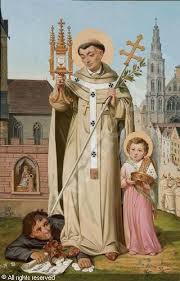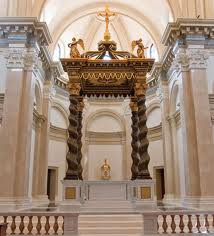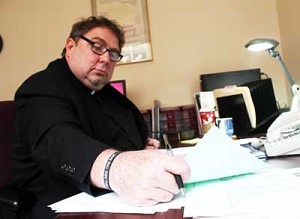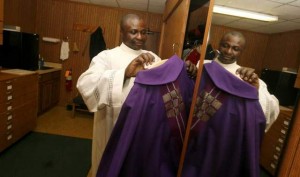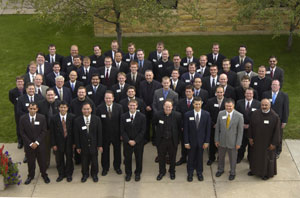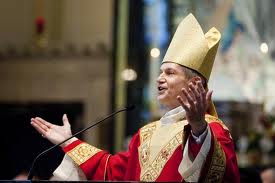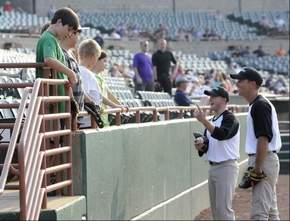The Irish Bishops’ Conference is eagerly promoting its new “Vocations App.”
The app was launched Monday by Down and Connor Auxiliary Bishop Donal McKeown, chair of the episcopal conference’s Vocations Commission. The first in the world, this new app is available for download free of charge from the Apple app store.
The purpose of the app is to “assist current and future generations seeking to investigate and find information on vocations to the diocesan priesthood in Ireland,” announced the bishops’ conference in a press release.
The app was developed by a Dublin company, Magic Time Apps, and designed by Father Paddy Rushe of the Archdiocese of Armagh.
The launch of the app also heralded the official handoff of the position of National Coordinator for Diocesan Vocations from Father Rushe to Father Willie Purcell of the Diocese of Ossory.
Some of the highlights of the Vocations App include:
— contact details and statistics on the 26 dioceses of Ireland
— frequently asked questions to assist a person to discern his vocation, including questions such as “What does a priest do all day?” and “How long do you have to study?
— news feed running from the national vocations website
— “tests” to enable the user to reflect on vocation potential
Anticipated updates for the Vocations App include a “prayer counter” for those who want to pledge prayers for vocations, and an image gallery giving a window into the life of a seminarian.
Courtesy of Zenit.
